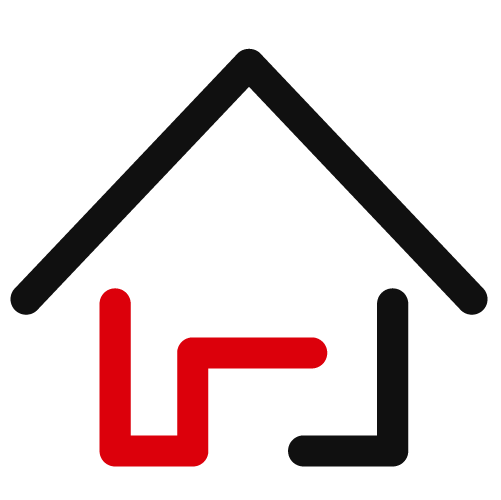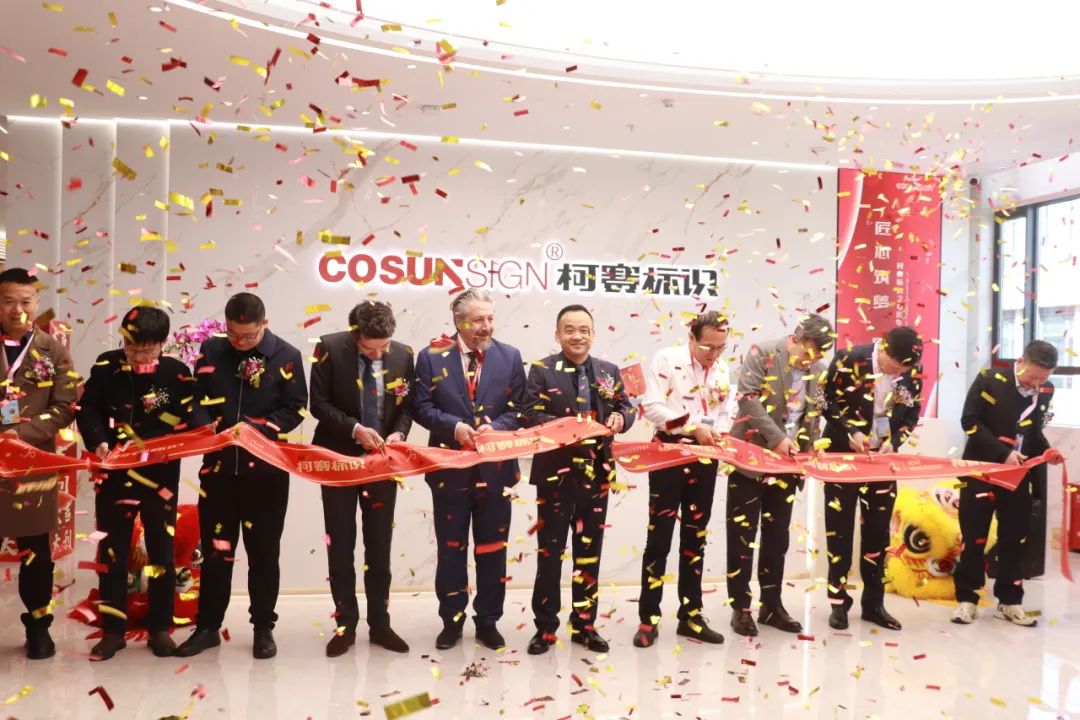Digital signage solutions use display-based advertising to deliver tailored messages and information to targeted audiences, often enhanced by AI for dynamic and real-time content updates. In contrast, DOOH (Digital Out-of-Home) advertising represents a specialized segment of digital signage focused on public environments, where interactive, context-aware displays are used to boost audience engagement.
Digital Signage vs. DOOH: What’s the Difference?
The comparison between digital signage and DOOH advertising highlights clear distinctions in their definitions, audience targeting, ownership models, content management workflows, and underlying technical frameworks. Each plays a unique role within the broader digital marketing ecosystem, offering different advantages depending on where and how they are deployed.
In this section, you’ll gain a clearer understanding of how businesses can leverage both digital signage systems and digital out-of-home advertising networks to achieve a variety of communication and marketing goals across different environments. Below is a point-by-point comparison that breaks down their purpose, ownership, audience reach, and operational characteristics to help you see how each solution fits into modern advertising strategies.
Definition and Primary Purpose
Digital Signage: Digital signage solutions are usually business-controlled or brand-owned display screens used to deliver internal or external messages to specific audiences. Typical examples include digital menu boards, wayfinding displays, or product promotions in retail stores, campuses, and offices.
DOOH: Digital Out-Of-Home advertisements are generally advertiser-funded screens placed in public locations such as digital billboards, shopping malls, and transit areas. They operate mainly through programmatic advertising and paid ad campaigns.
Ownership and Control
Digital Signage: Digital signage content is managed directly by the venue or business owners—such as retailers, local businesses, or internal teams—who control all operations through their digital signage software.
DOOH: DOOH is operated by media owners or DOOH network providers, while advertisers purchase ad slots through programmatic platforms or direct bookings rather than managing the screens themselves.
Audience Reach and Targeting
Digital Signage: It allows targeted and interactive digital content to reach localized groups such as employees, store visitors, or campus members.
DOOH: It ensures that your digital content gains wide-reaching, mass public exposure to large numbers of daily consumers, using real-time analytics and geo-demographic targeting to optimize DOOH campaigns.
Learn more about using digital signage for retail stores and other sectors to capture your audience’s attention.
Content Strategy and Management
Digital Signage: It primarily promotes owned products and services through interactive content such as promotions, wayfinding, or internal updates, all managed via integrated CMS (content management system) platforms.
DOOH: It operates scheduled, paid, and dynamic advertising campaigns coordinated through programmatic advertising exchanges and media buying platforms on digital screens. It is designed to achieve broader visual impact.
Installation Scale and Locations
Digital Signage: Digital signage is typically deployed in offices, retail stores, airports, and educational campuses as venue-specific communication tools for announcing notices, sharing news, and providing updates such as gate changes or flight cancellations. Below are several common types of relevant digital signage solutions.
Digital Signage for Offices
Digital signage for offices is a modern communication tool that dynamically displays digital content, replacing traditional bulletin boards. It is placed in high-traffic areas such as meeting rooms and lobbies to deliver real-time announcements, news, emergency alerts, and interactive updates that improve communication clarity and employee engagement.
It also streamlines meeting room scheduling and helps connect teams across different locations with consistent messaging. Professional digital signage platforms provide easy content management and multimedia support, helping offices enhance information flow, productivity, and workplace culture.
Digital Signage for Campuses
Digital signage for campuses enhances communication by providing real-time updates on events, schedules, announcements, and emergency alerts through digital displays positioned in high-traffic locations such as academic buildings and student unions. It helps connect staff and students with multimedia content and interactive maps, streamlines administrative tasks, reduces paper usage, and improves campus safety with instant alerts.
Digital Signage for Airports
Digital signage for airports improves the passenger experience by offering real-time updates on flights, delays, gate changes, and emergency alerts through strategically placed digital displays. It supports wayfinding with interactive maps and multilingual content, streamlines operations through instant updates, and increases revenue opportunities with targeted advertising.
DOOH: DOOH screens are installed in high-traffic public spaces such as airports, shopping malls, highways, and transit hubs including train stations and bus stops. They are designed for maximum brand visibility and durability in various weather conditions.
Technical Complexity and Hardware
Digital Signage: The signage program enables real-time content adjustments on commercial-grade screens paired with content management systems. Optimized for indoor environments, these displays provide flexibility for showcasing branded content, product information, and internal communications without requiring heavy-duty infrastructure.
DOOH: DOOH relies on programmatic platforms and industrial-grade screens built for outdoor use. These weather-proof, high-brightness displays operate 24/7 and are engineered to withstand extreme temperatures, dust, and rain, making them ideal for public squares, highways, and transit stations.
Content Scheduling Flexibility
Digital Signage: Modern digital signage software enables content scheduling and real-time updates through drag-and-drop dashboards. This ensures timely and relevant delivery of promotions, alerts, or announcements to the public, even across multiple locations.
DOOH: Digital OOH advertising operates on fixed time slots that are typically purchased through media networks. Any live campaign requires approval for content changes. This makes DOOH less agile but provides a highly structured system for targeting ads during peak hours.
Measurement and Analytics
Digital Signage: Digital signage uses tools such as touch engagement tracking, QR codes, and real-time insight dashboards to measure audience attention. This helps businesses analyze dwell time, conversion rates, and viewer behavior, enabling optimization of displayed content.
DOOH: DOOH advertising focuses on reach and impressions. Mobile pings, foot-traffic sensors, and geolocation data technologies are used to evaluate ad performance across DOOH networks and campaign durations.
Revenue Models and Costs
Digital Signage: Digital signage is generally treated as a cost center, representing an investment in improving customer experience, strengthening brand image, enhancing communication, and driving sales within owned environments. Costs typically include software licenses, display hardware, and ongoing maintenance.
DOOH: This form of outdoor advertising functions as a revenue-generating medium. Media owners lease screen space to advertisers through programmatic platforms and earn revenue per campaign or impression, making it a cost-effective model for public space operators.
Interactivity and Engagement
Digital Signage: Interactive digital signage includes wayfinding displays, interactive kiosks, and dynamic screens with augmented reality features. It delivers personalized and engaging experiences to targeted audiences.
DOOH: DOOH screens are mostly passive, but they can support interactive campaigns using QR codes, mobile devices, and even gamified AR experiences, offering limited yet growing opportunities for viewer interaction.
When Should You Use Digital Signage or DOOH Advertising?
You can choose digital signage or DOOH advertising based on your budget, business objectives, target audience, and intended scale. Digital signage solutions are ideal when businesses need to engage local customers and support localized communication inside offices, campuses, retail stores, or transit stations. They offer real-time content updates and interactive displays that help enhance brand image and improve customer experience.
On the other hand, DOOH advertising provides unmatched scalability through programmatic advertising and managed networks, enabling mass exposure to broad and dynamic audiences. It benefits businesses of all sizes by allowing them to advertise through digital screens placed in public spaces. DOOH is also becoming increasingly popular among viewers as a visually appealing form of street furniture. For example, large digital billboards in shopping malls positioned at elevated heights are visible from multiple directions.
If you are looking to set up digital signage for your business, there are many flexible options for deploying cost-efficient and dynamic digital advertising screens, such as Apple TV for digital signage, which delivers strong interactivity and reliable content management.
FAQs
What does DOOH stand for compared to digital signage?
DOOH stands for Digital Out-of-Home advertising. It is a specialized form of marketing within the broader digital signage category, focused on delivering advertisements through LED screens in public spaces to reach mass audiences.
What are the key features that separate digital signage and DOOH?
The key differences are that digital signage is typically brand-controlled and features interactive or informational content, while DOOH operates as a media network managed through programmatic advertising to target broad public audiences.
How do digital signage and DOOH work differently for marketers?
Digital signage supports real-time, localized updates for brand-owned messaging, whereas DOOH delivers scheduled, high-impact paid ads through advertising exchanges to achieve wide reach.
Are DOOH networks a part of digital signage solutions?
Yes, DOOH networks are considered part of digital signage solutions. They represent a subset focused on outdoor and public environments, using advanced programmatic platforms. Businesses of all sizes use DOOH networks for advertising.
How does audience targeting differ in digital signage and DOOH?
Digital signage targets localized audiences such as shoppers or employees, while DOOH targets mass consumers using geo-demographic data and foot traffic analytics. Although their targeting methods differ, both aim to support promotion and advertising objectives.

















 粤公网安备44030702001648号
粤公网安备44030702001648号